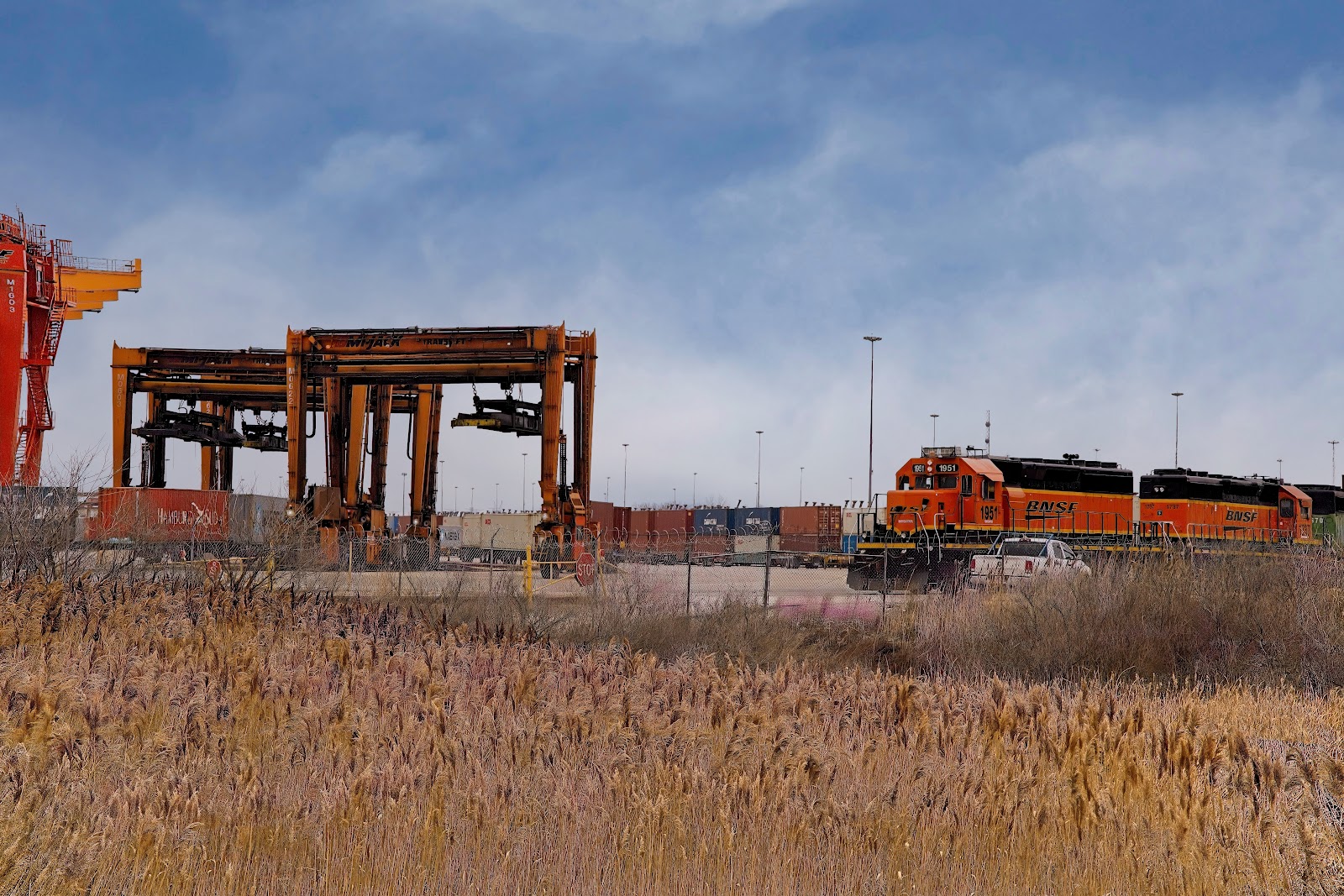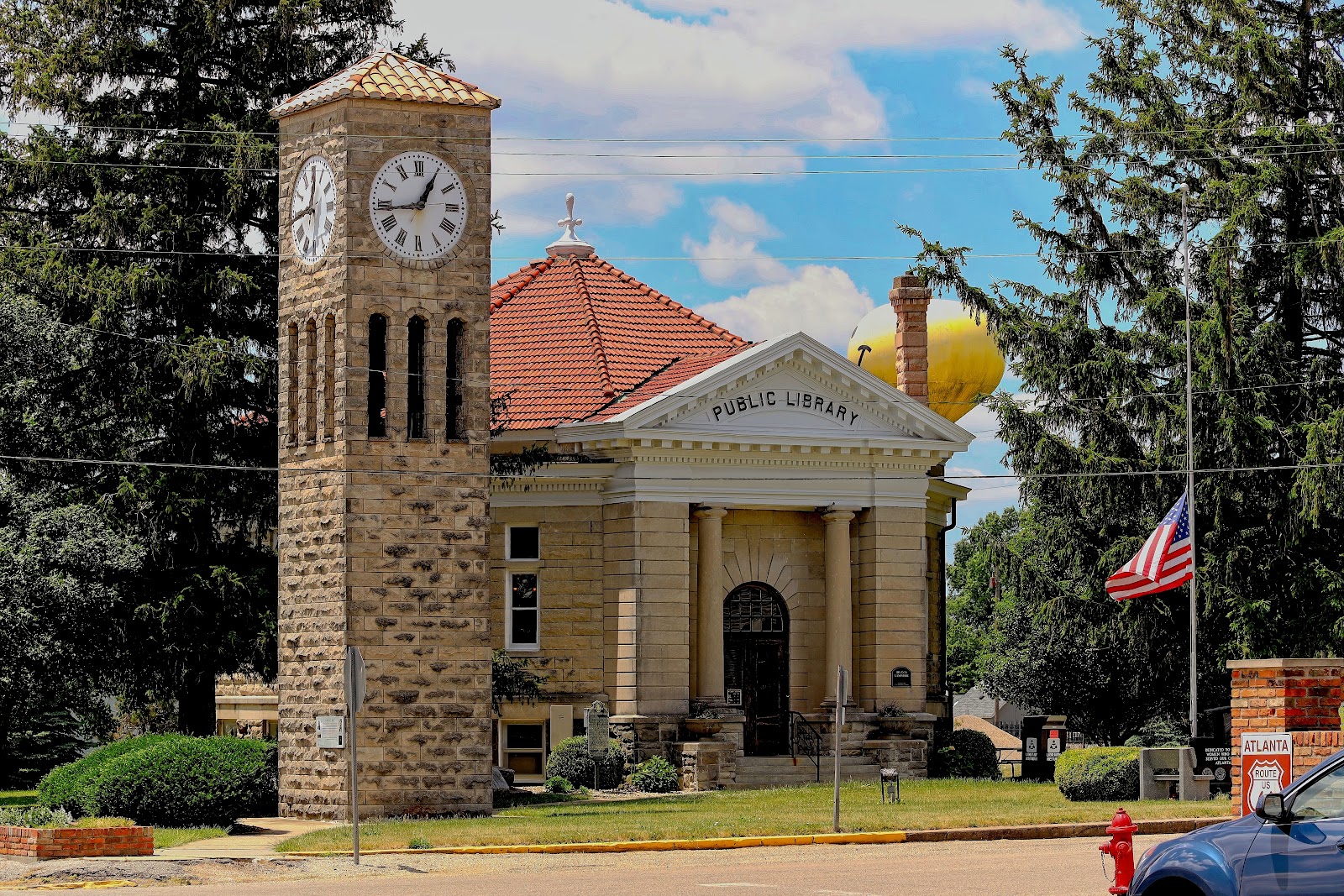Finfrock State Habitat Area, a vibrant mosaic of native wildflowers and grasses, serves as a crucial sanctuary for countless species, including one of our most diligent pollinators: the Common Eastern Bumble Bee (Bombus impatiens). These fuzzy, black and yellow ambassadors of the insect world are a common sight from early spring to late fall, buzzing industriously from one blossom to another. Their presence at Finfrock is more than just a pleasant hum in the air; it's a testament to the health of the ecosystem and a vital cog in the machinery of nature that ultimately supports human life. Understanding their role here helps us appreciate the profound connection between these small creatures, their habitats, and our own survival.
The Common Eastern Bumble Bee is a particularly effective pollinator, responsible for the reproduction of a wide array of native plants within Finfrock State Habitat Area. Unlike honeybees, bumble bees can fly in cooler temperatures and lower light levels, making them essential early and late-season pollinators. They also perform "buzz pollination" (sonication), where they vibrate their flight muscles at a specific frequency to release pollen from flowers with porous anthers, a technique crucial for crops like tomatoes, peppers, and blueberries. Within Finfrock, their tireless work ensures the propagation of native flora, which in turn provides food and shelter for other wildlife, maintaining the delicate balance of the local ecosystem.
The importance of bumble bees, and pollinators in general, extends far beyond the boundaries of natural habitats like Finfrock. Globally, about one-third of the food we consume relies on animal pollinators, with bees being the primary contributors. Fruits, vegetables, nuts, and seeds that form the cornerstone of a healthy human diet depend on their services. Without robust bee populations, agricultural yields would plummet, leading to food shortages, increased prices, and significant economic disruption. The work of these tiny laborers is, therefore, directly linked to our food security and the stability of our agricultural systems.
Habitat areas like Finfrock State Habitat Area are indispensable for the survival of bumble bees and, by extension, for us. These protected lands offer the diverse floral resources, nesting sites (often underground in abandoned rodent burrows), and overwintering locations that bees need to thrive. As natural landscapes are increasingly fragmented by development and agriculture, such havens become critical reservoirs of biodiversity. They act as stepping stones for pollinators, allowing them to move across the wider landscape. Supporting these areas, and learning more about local conservation efforts through resources like those found at www.alanlook.com, is an investment in the ecological services that underpin human civilization, from clean air and water to the very food on our tables. Protecting these habitats is not just about saving bees; it's about safeguarding our own future.









